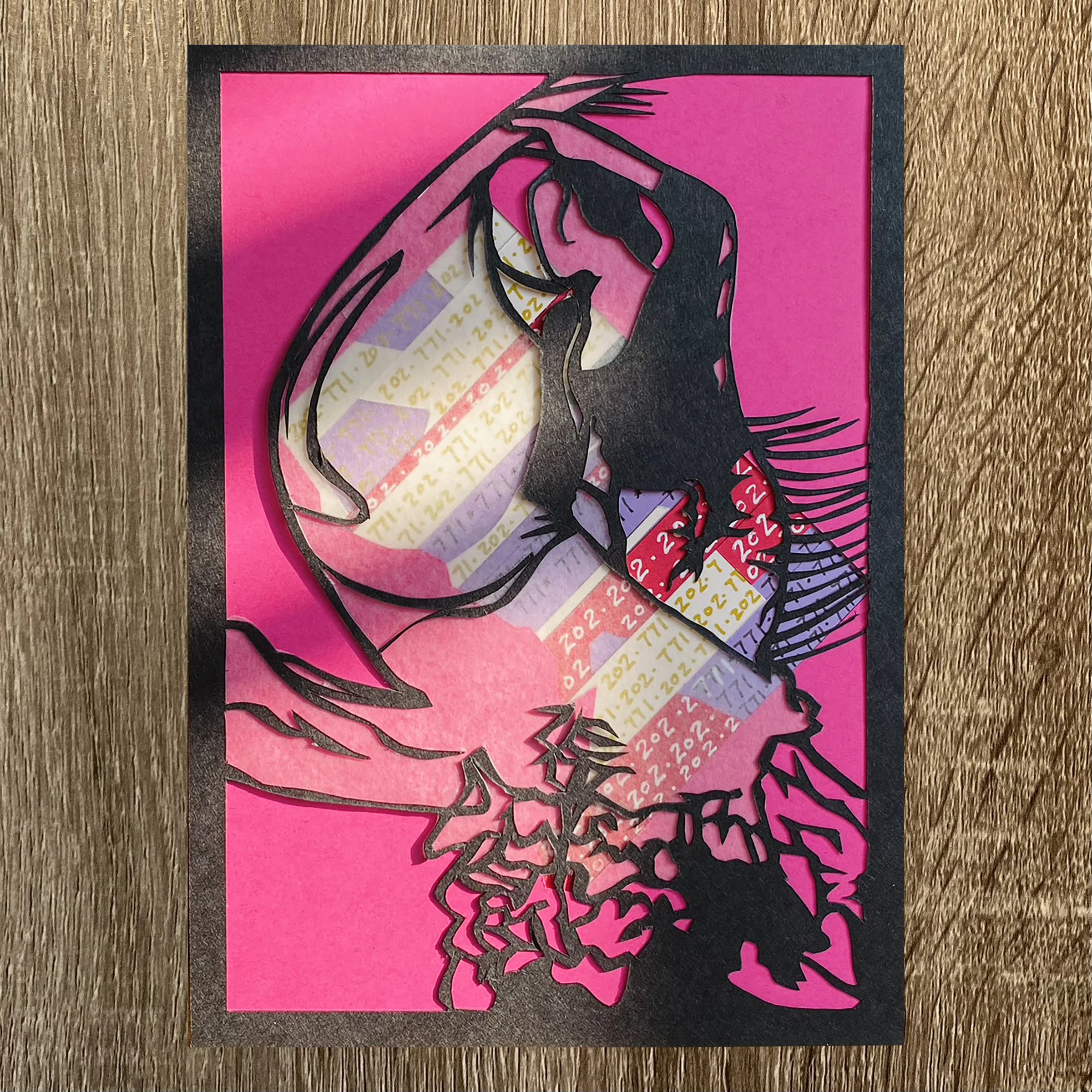January 9th is the International Choreography Day.
It is the day to celebrate the mastermind of dance and beautiful body movement.
The word choreography, rooted in Greek, literally means “dance-writing”. Like writing a story, authors skillfully arrange the paragraphs and dialogue to compose a scenario. Choreographers design a sequence of steps and body movements that form a storytelling environment.
The early 20th century was when many cultural activities flourished. In 1909, Serg Diaghilev created the world’s first and most exciting dance company in Paris. He revolutionized the art form by working with the avant-garde elite at the time. Composers such as Stravinsky and Debussy and artists including Picasso and Matisse collaborated on his dance performance. Other than the classical ballet, the musical “On Your Toes,” later adapted into a film in 1939, first used a “choreographer” in the production credit. Not even mention Martha Graham’s dance company, which she founded in 1926 to experiment endlessly with the basic human movement.
Reading the dance performance history reminded us of a WELL feature.
“Facilitate all types of movement, including physical activity and exercise and reduce sendentary behavior through intentional design of built spaces.”— V01 Active buildings and communities
On this day, we design this card for interior designers. Thanks to their creativity so occupants can enjoy many active spaces and maintain a healthy life.
While we are fascinated by the dancers’ perfection and the choreographers’ emotional staging, we inevitably think about their practice venue and its performance surface.
Martha Graham began developing her most influential movements of contraction and releasing in a tiny Carnegie Hall Studio in midtown Manhattan. According to Wikipedia, Martha started teaching in her studio at 66 Fifth Avenue near 13th Street and the Neighborhood Playhouse at 340 East 54 Street. With the support from individual patrons, Martha Graham’s dance company finally made its home on 316 East 63rd Street.
Though Martha’s original studio and the playhouse no longer exist. We could tell they were the typical Manhatten row houses from the historical photos. These row houses were wood-framed dwellings with load-bearing brick walls. The floors were most likely tongue and groove milling, and the stairs connecting each floor were also hollow staircases, which often generated a lot of noise when wearing heels. Whether dancers practice Ballet Russe’s classical, the Browdway show’s tap dance, or Martha’s significant floor work. The performance surface plays a vital role in a dense urban setting.
A dense vinyl floor might be enough for the solution when a row house in New York only hosts a single use, such as Marth’s dance school. However, building owners nowadays often encounter the situation of maintaining multiple functions in one building, and the project Square Fifty would be a modern example.
Situated at the corner parcel of 23rd and M Street, northwest DC, Square Fifty is a mixed-use building that houses three entirely different uses:
The fire station on the street level
The squash court in the middle session
An apartment complex on the upper floors
Square 50, a mixed-use project at the west end of Washington, DC.
Although the squash courts provided a convenient onsite physical activity space, they challenged onsite users and neighbors. The squash court is located directly above the second floor of the fire station, where the fireman’s sleeping units are located. The pounding and impact vibration of the sports activities become the noise source for the fire station’s sleeping units below and the embassy next door. The designers creatively arranged two main squash on the east side towards further north to be away from the main office area at the neighboring building. They also maintained at least a one-foot gap from the partition wall to avoid potential structure-borne sound. Moreover, the squash club uses a double concrete slab system with a sound insulation layer to prevent sound transmission and keep both parts of the building functioning.
“Form follows function” or “Function follows form” is always a critical discussion during our academic studies. This endless argument can also be found in “Site for the program” or “Programs for the site.” While not all dancers and dance companies are fortunate to have a location similar to the Edgewood Arts Center for their practices, creatively placing whatever resources we have would be the answer for this ever-changing urban environment.
Edgewood Art Center is adjacent to the rail track and on the metro stop of Brookland-CUA
By the way, if you are interested in seeing more photos about this Square 50 project, it is published in Architecture DC magazine (Fall, 2018). You can also check out TEN Arquitectos’ website and under the “Habitacional” category



